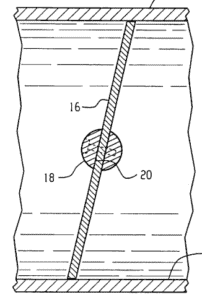What's a Throttle?

What About Throttle-by-Wire?
Many engines without throttle-by-wire will give you trouble codes if you hold down the accelerator during cranking. This is because the ECM or PCM will detect the throttle’s position, and ‘diagnose’ a sensor fault. In this case, you can either complete the compression test with the accelerator in idle position, or reset the fault code after completing the test.
What About Diesels?
Does it Really Matter?
Many people do compression tests with closed throttle valves, and get decent results. This is because the throttle body usually does not completely block airflow into the engine. There is usually a small ‘bypass’ passage around the edge of the butterfly valve, or an idle air control valve (IACV), designed to supply enough air for the engine to idle (with no load). Idle speed is usually 5-10 times faster than cranking speed, so the passage or valve usually allows enough airflow to get a compression reading within a few percent of the wide-open-throttle (WOT) value.